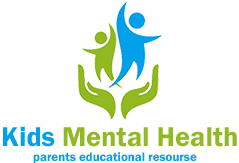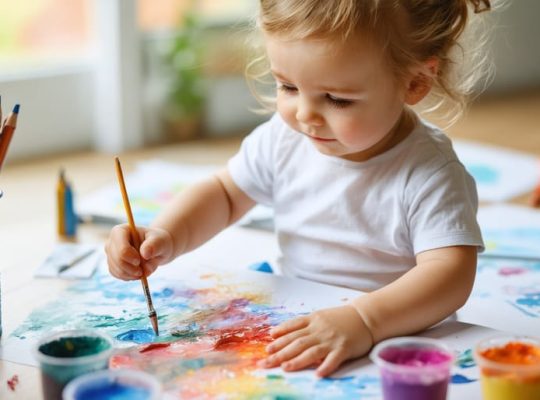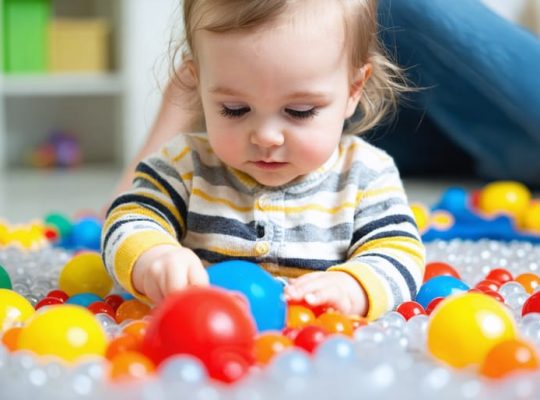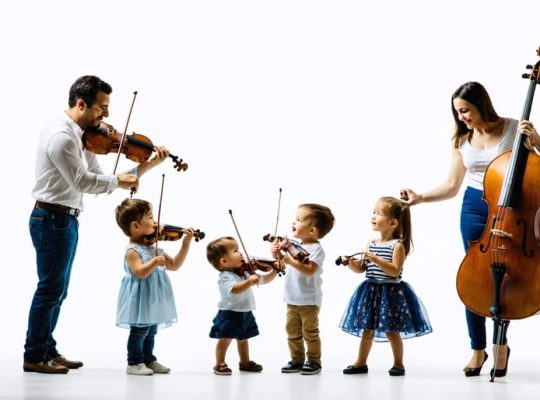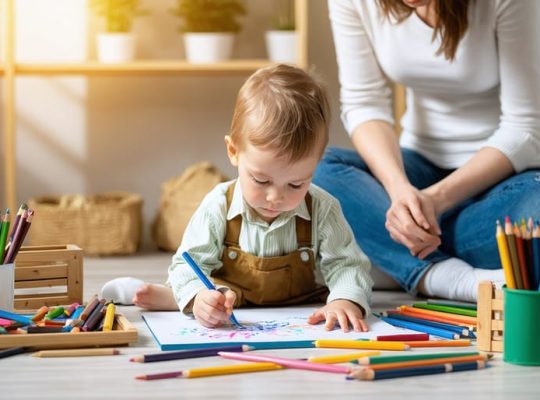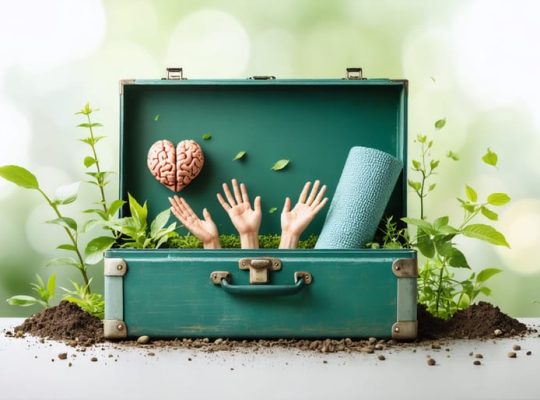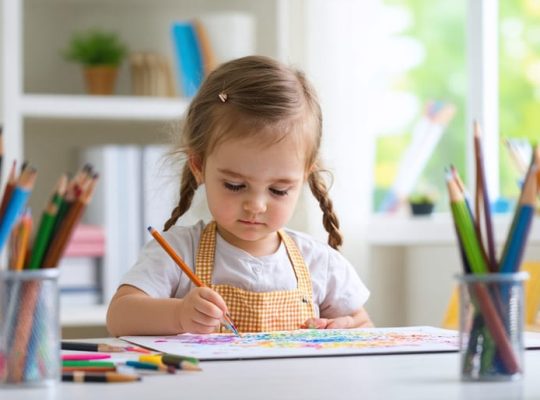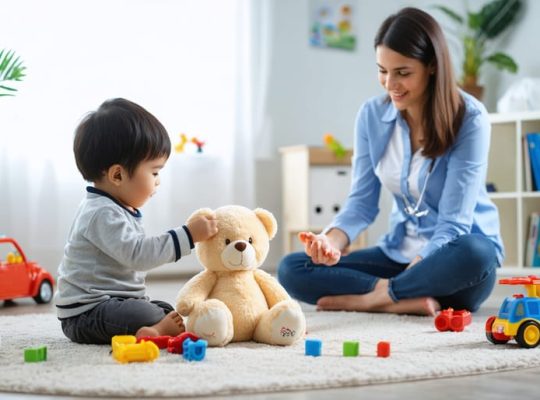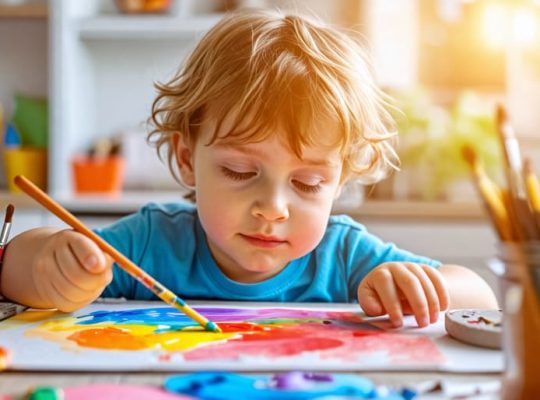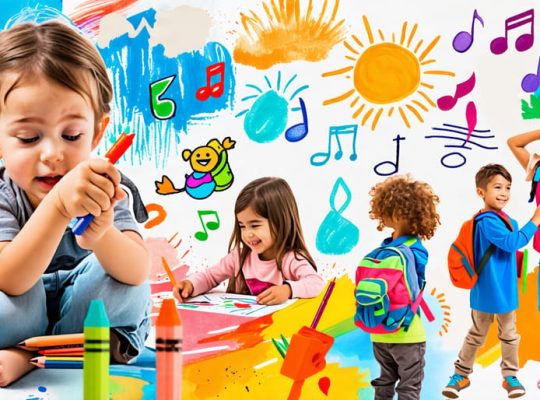How Art Therapy Transforms Children’s Mental Health (A Parent’s Guide)
When a child picks up a paintbrush or molds clay with their hands, they unlock powerful healing pathways that words alone can’t always reach. Therapeutic art interventions – from simple coloring sessions to structured art therapy programs – offer children a natural, non-threatening way to process complex emotions and trauma. Research shows that creative expression reduces anxiety by up to 43% in young patients, while helping them develop crucial emotional regulation skills.
Parents and professionals increasingly turn to art therapy as a gentle yet effective approach to supporting children’s mental health. …
